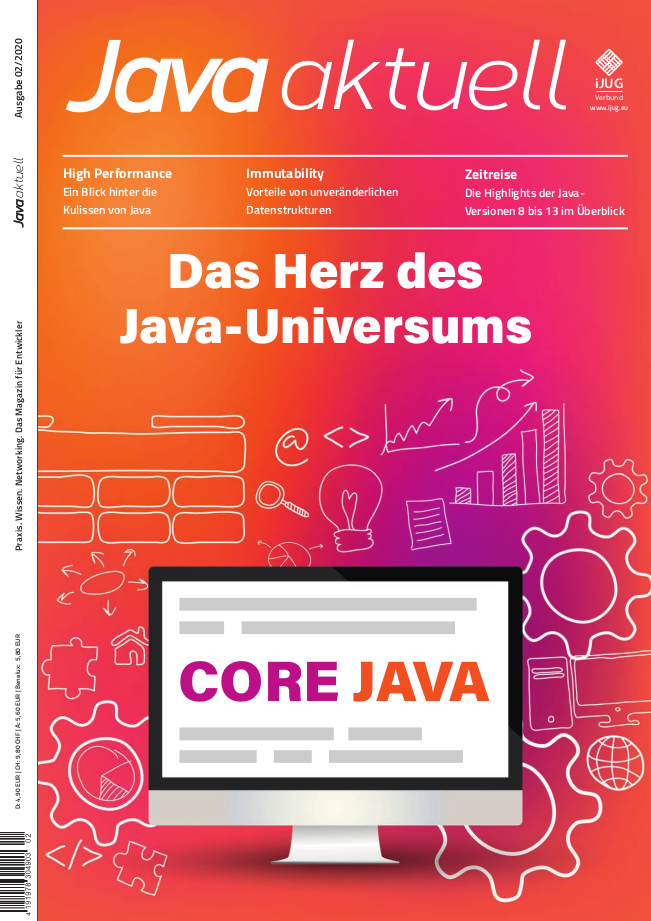Today we are going to publish four of our Java training sessions so you can use the material and benefit from it.
Let’s get started with four direct links to extensive material that might help you to understand Java or code quality better or just help you to reflect on topics you already know.
- The Java Memory Model: Why you have to know the JMM to understand Java and write stable, correct, and fast code.
- Java Memory Management: Know more about the size of objects and how Java does garbage collection.
- High Performance Java: All about the smart Java internals that turn your code into fast code and how you can leverage that knowledge.
- High Quality Code: The anatomy of high quality code that supports longevity, cross-team usage, and correctness. This is not just about Java, this is about good code in general.
Show a little patience when loading the training, these are all large reveal.js based slide sets. Use the arrow keys or space to navigate. Because the slide sets are designed to be interactive sessions, in many cases, not the entire slide context is revealed at once but block by block.
We publish these training sessions because they are also based on openly shared material, it greatly helped us to advance and understand, as well of course advertise a little what Xceptance might be able to do for you.
We will release more of our material in the next weeks and month, so everybody can browse and learn. This won’t be limited to Java and also cover material about approaching load testing, how to come up with test cases, and more about the modern web and its quality and performance challenges. Of course there will be more Java material too. You can get a glimpse of it when you just follow this link and page through the slides: The Infinite Java Training. Please remember, not all material is complete yet.
If you like the material and you need an audio track aka a real presentation, please talk to us. If you see other training needs in the area of quality assurance, testing, and Java, please contact to us.
More to come.



